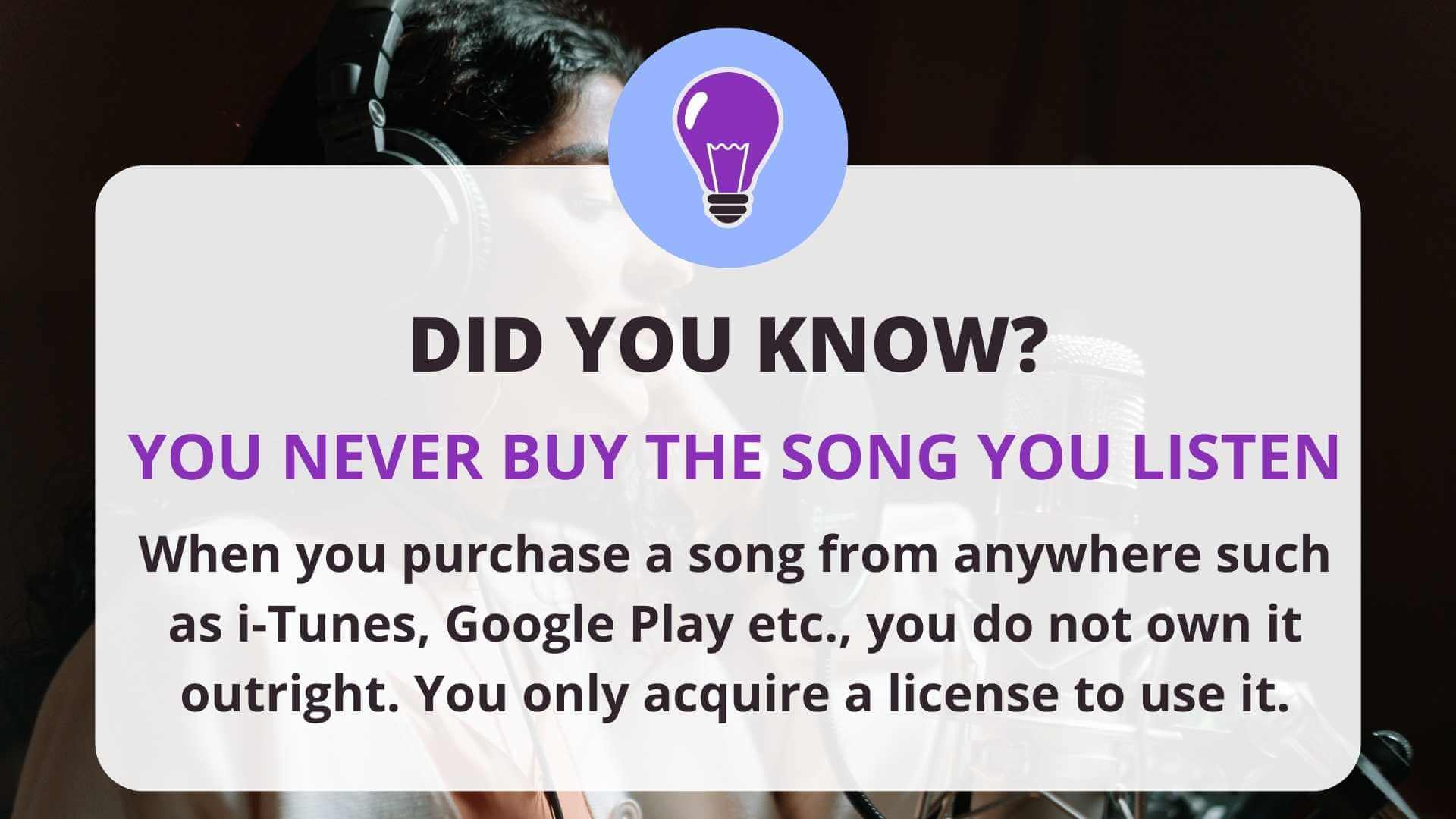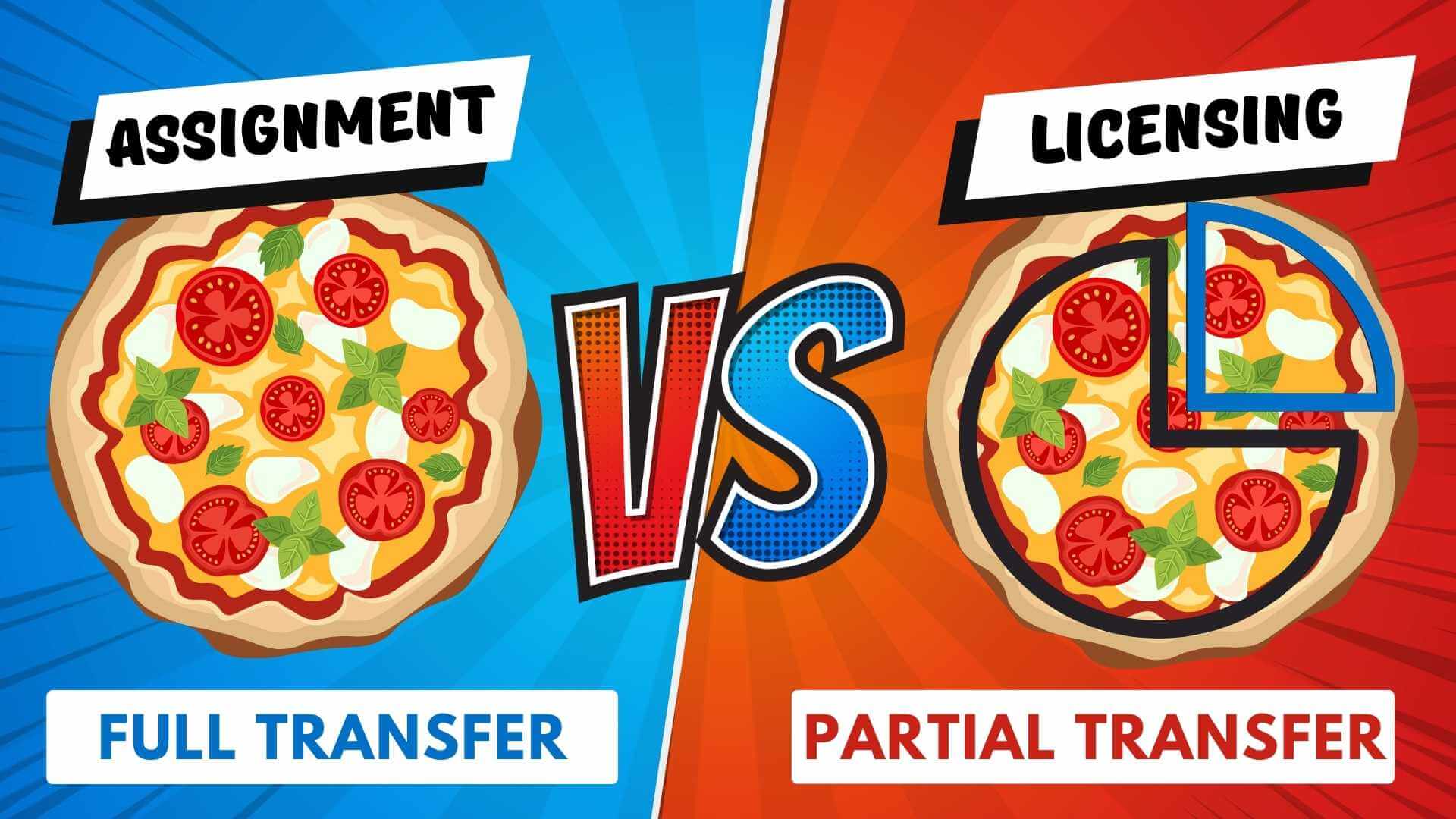For someone living under a rock, let me explain what Intellectual property is. It's a legal term that describes any creative or innovative work created by an individual or organization. It usually includes patents, copyrights, trademarks, trade secrets, and the like. It's like giving your significant other the password to your Netflix account, except this time, it's for something much more valuable, for instance, the secret recipe for your grandma's apple pie.

What is an Intellectual Property (IP) Assignment Agreement?
The assignment in the current context is just a fancy word for selling. Therefore it results in transfer of an owner's rights, title, and interest in the intellectual property rights to someone else.
Where all the exclusive rights conferred by law on the owner of intellectual property are transferred by him to another person to the exclusion of all including himself without any restrictions in time or other conditions, it is said that an 'assignment' has taken place.
In the case of a license, the licensor permits the licensee to use its intellectual property per the license agreement's terms and conditions. The licensor may also give an exclusive licence to the licensee to the exclusion of all, including himself, but the ownership in such property does not pass on to the licencee; it remains with the licensor only.

As a 90s Kid, the closest thing I can come up with is the game of Monopoly. You know, you have all these rules and regulations for buying properties, and you can't just take whatever you want. You have to ensure you get the right pieces and amount. It's a lot like being a kid and playing the game. But instead of having fun, you're dealing with lawyers, contracts, and money. That's why I always say when it comes to IP licensing agreements, you gotta know the rules of the game! So, let's dive into these damm rules:
-
Step 1 - Know Thy IP
As the types of intellectual property that can be assigned may include patents, trademarks, copyrights, and trade secrets, the first step in drafting any IP License Agreement is the identification of the IP being assigned.
Furthermore, IP may also be registered or unregistered and it is quite likely that different sets of rights are granted for a specific form of IP. Lastly, the rights to one form of IP will also vary in different jurisdictions.
Once the form of IP involved has been identified, then it is possible to include a clear specification and definition of the IP that will be licensed under the IP license Agreement.
Software IP Transfer / Assignment Agreement
For example, a typical Assignment agreement transferring the ownership of some software would include grant rights for:
- Patents, if any, used in the software,
- Associated technical information and know-how, and
- Trademark under which the said software has been marketed or distributed so far.
Trademark under which the said software has been marketed or distributed so far.
-
Step 2: Know Thy Parties
Although self-evident, it is essential that the Agreement clearly mention and identify the parties to the agreement along with details such as legal name, addresses, and the place of incorporation of each of the parties.
It is essential to note that the individual or entity who is eligible to give the authorization and the one who will be utilizing it should be mentioned in the Agreement.
Moreover, the and the date when the Agreement will be effective, should also be included in the Agreement. It is necessary that the true names of the parties are used when distinguishing them and only those who sign the Agreement are legally bound to the Agreement's conditions. For instance, if there is any uncertainty regarding the "shell" corporation being solely responsible for accomplishing obligations or providing compensations, it could be worth contemplating including the parent company to the Agreement as a guarantor.
-
Step 3: Know Thy Rights
Any IP assignment agreement must include a provision that transfers ownership of the IP from the assignor to the assignee in perpetuity. However, things get a little more complicated when an IP holder wants to do a partial assignment, also known as IP Licensing.
In the case of IP Licensing, this clause prescribes "who gets what" and provides specific permissions regarding the Intellectual Property being licensed. It is crucial to consider the business and other objectives of the right holder to customize this clause in such a way that is in line with them. These customisations can be classified in 4 broad heads:
- Degree of Exclusivity
- Right to Sublicense
- Scope of Grant
- Implied Rights and Other Restrictions
For more details on these four points, you can refer to a very boring video created by my younger version:
-
Step 4: Show Me the Money!
The agreement must specify the consideration, which can be in the form of money, services, or anything of value (like cryptocurrencies, even though a bunch of people will argue against that) is being provided in exchange for the IP assignment.
Simply put, this is the price paid by the assignee for the rights to the IP, and is essential for making a contract valid and enforceable.
-
Step 5: Know Thy Obligations
The assignment should include representations and warranties from the assignor that the IP is valid and enforceable and that the assignor has the right to transfer ownership. This clause is typically followed by an indemnity clause, obligating the assignor to indemnify the assignee against any claims or damages arising from using the IP. Basically, it is like if you borrow your brother’s Xbox and promise to cover the cost if you break it.
In some exceptional cases, the assignment of IP may be subject to certain contingencies beyond the control of either party, such as regulatory approval from authorities like the FDA. Further, the agreement should also include provisions that allow the parties to terminate the agreement in the event of a breach of its terms by the other party.
-
Step 6: Know Thy Law
It's actually Governing Law, but “Know Thy Law” just sounded better, don’t you think?
Like any agreement, an IP assignment should specify the governing law of the agreement and the jurisdiction in which disputes will be resolved. Just like I would prefer my lenient Dad over my Mom to decide my punishment whenever I screw up as a child, parties to the assignment can mutually determine what state's laws will be used to interpret the agreement and which jurisdiction will oversee the enforcement of its terms in case of a dispute.
-
Step 7: Both Parties Must Say “I do”
Even though it might be self-evident for most readers, the assignment agreement must be in writing and signed by both parties or their authorised representatives, as the case may be.
Concluding Thoughts
If you have reached this post, after googling the phrase “Free Template for IP Assignment Agreement”, I can guess what question must be on your mind, “whether I should hire an expensive lawyer to draft the IP assignment agreement?”
I wish I had a straight answer to this question. Like most situations in life, the answer depends on many factors. The most important being the current or future value of the IP in question. Ultimately, planning a small family gathering on your own makes sense, but it's prudent to consult a professional if you plan to host an important fundraiser.



